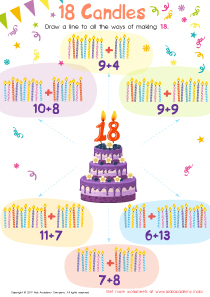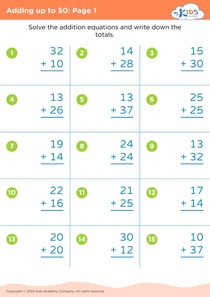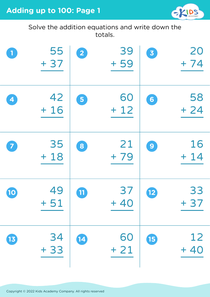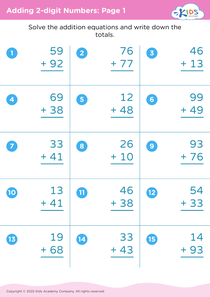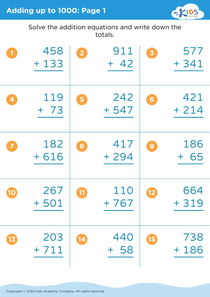Visual-motor skills Adding Up to 5 Worksheets for Ages 5-9
3 filtered results
-
From - To
Discover our "Visual-Motor Skills Adding Up to 5 Worksheets" designed for children aged 5-9! These engaging worksheets blend math exercises with visual-motor skill development, encouraging young learners to enhance their hand-eye coordination as they practice addition. With vibrant illustrations and interactive tasks, children will enjoy learning to add numbers up to 5 while improving their fine motor skills. Suitable for aspiring mathematicians, these resources foster foundational math concepts in a fun, hands-on way. Perfect for home or classroom use, our worksheets ensure a comprehensive learning experience. Start your child's mathematical journey today with our thoughtfully crafted activities!
Visual-motor skills are crucial for children aged 5-9 as they serve as foundational abilities for learning and daily tasks. These skills combine visual perception and motor coordination, enabling children to perform activities such as writing, drawing, and even playing sports effectively. When children master visual-motor skills, they are better equipped to understand and interact with their environment.
For parents and teachers, fostering strong visual-motor skills in children who are adding up to 5 can significantly enhance their confidence and academic performance. These skills support the development of mathematical abilities, logical reasoning, and critical thinking. When children can accurately visualize numbers and engage in activities like counting and simple addition, their overall math proficiency improves.
Moreover, strong visual-motor skills facilitate fine motor development, essential for tasks such as holding pencils, cutting paper, and engaging in arts and crafts, which encourage creativity and problem-solving. A lack of these skills can lead to frustrations in learning, reduced self-esteem, and disengagement, making it imperative for caregivers to prioritize their development. By nurturing visual-motor skills, parents and teachers can help children build a strong foundation for lifelong learning and success.
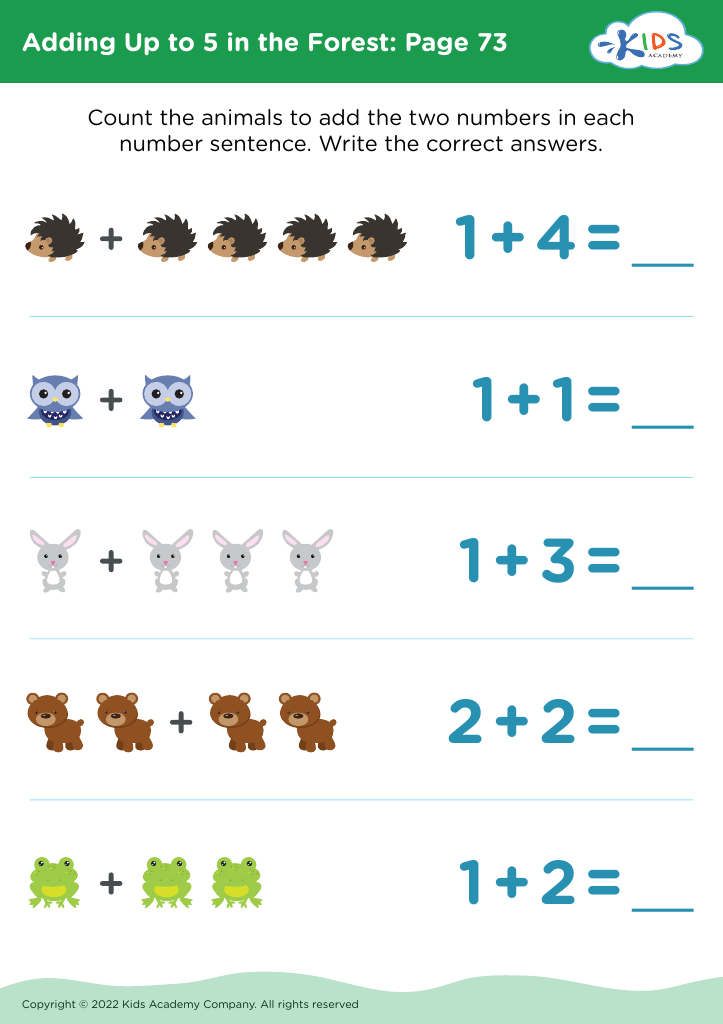
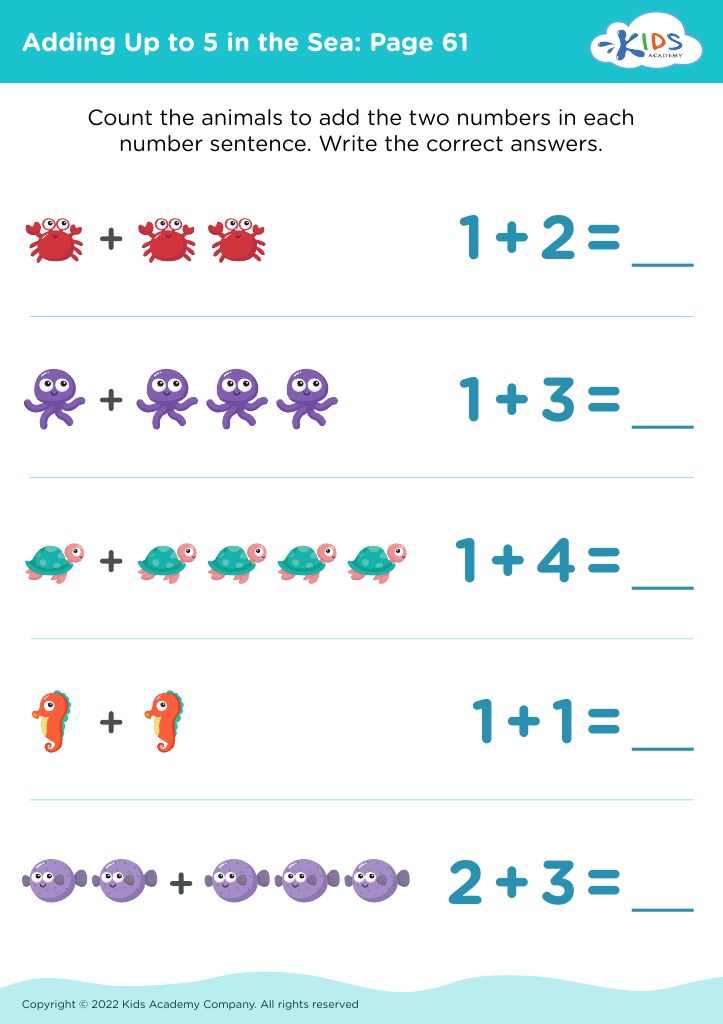
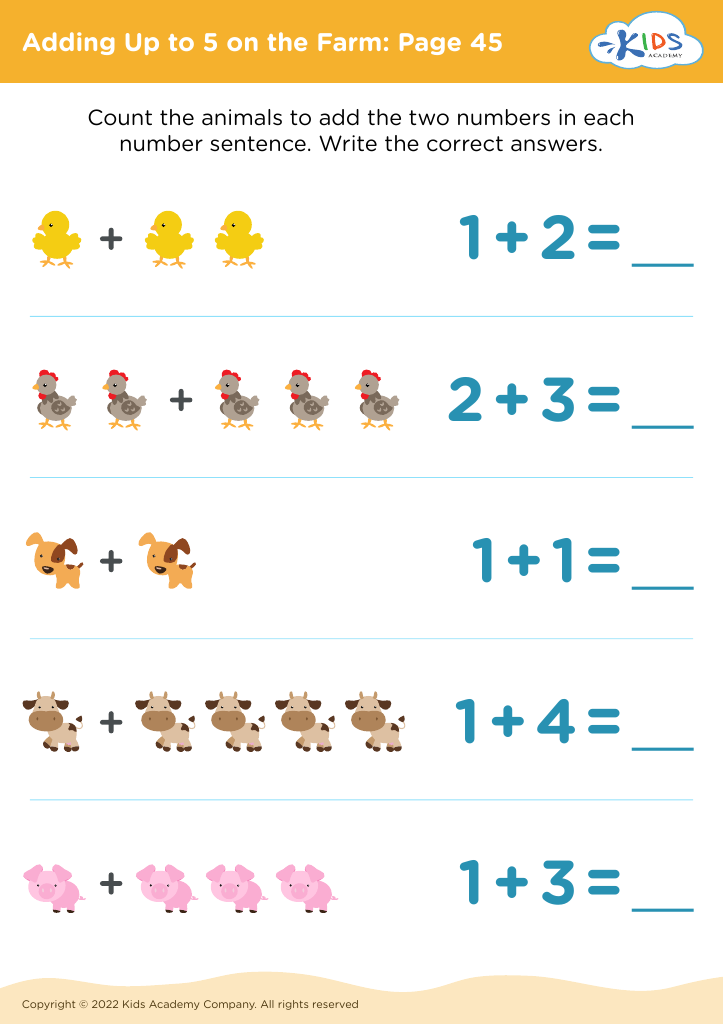


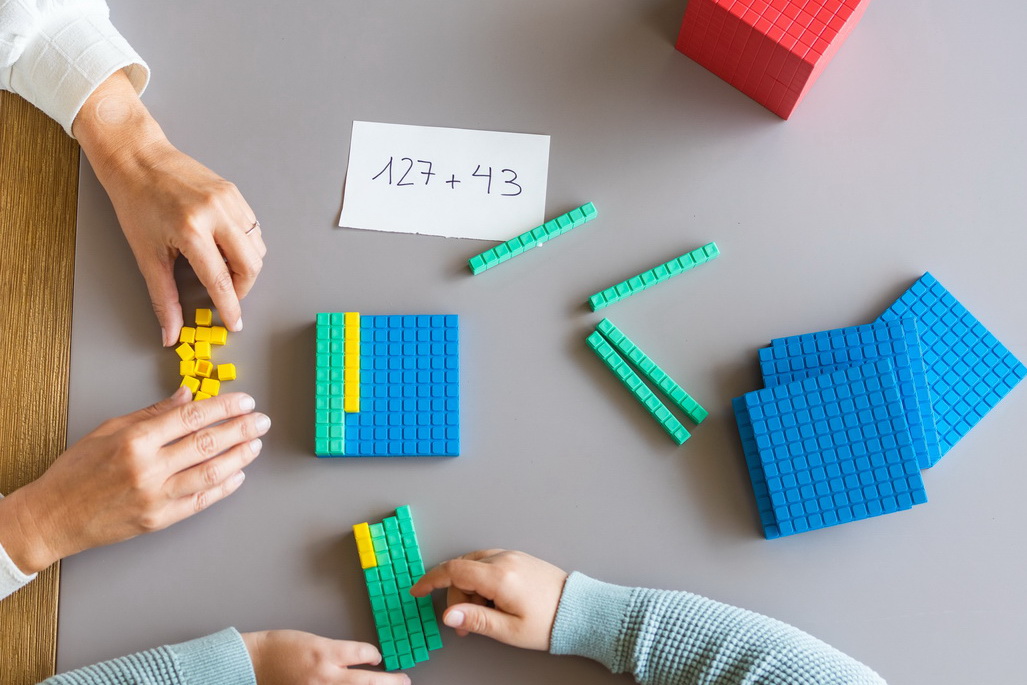
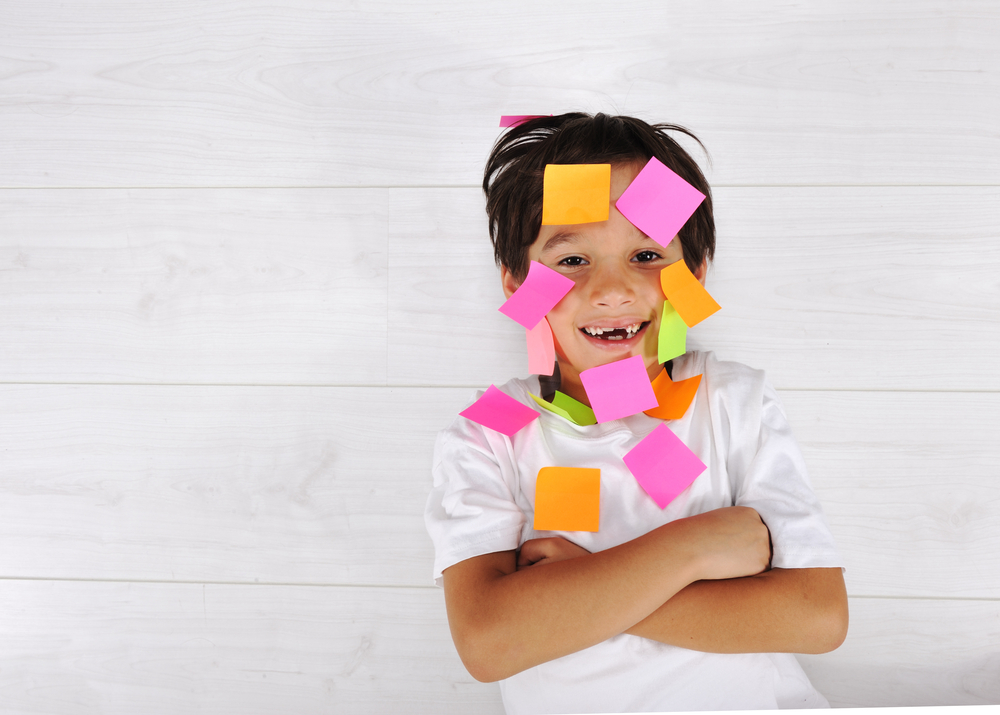
.jpg)
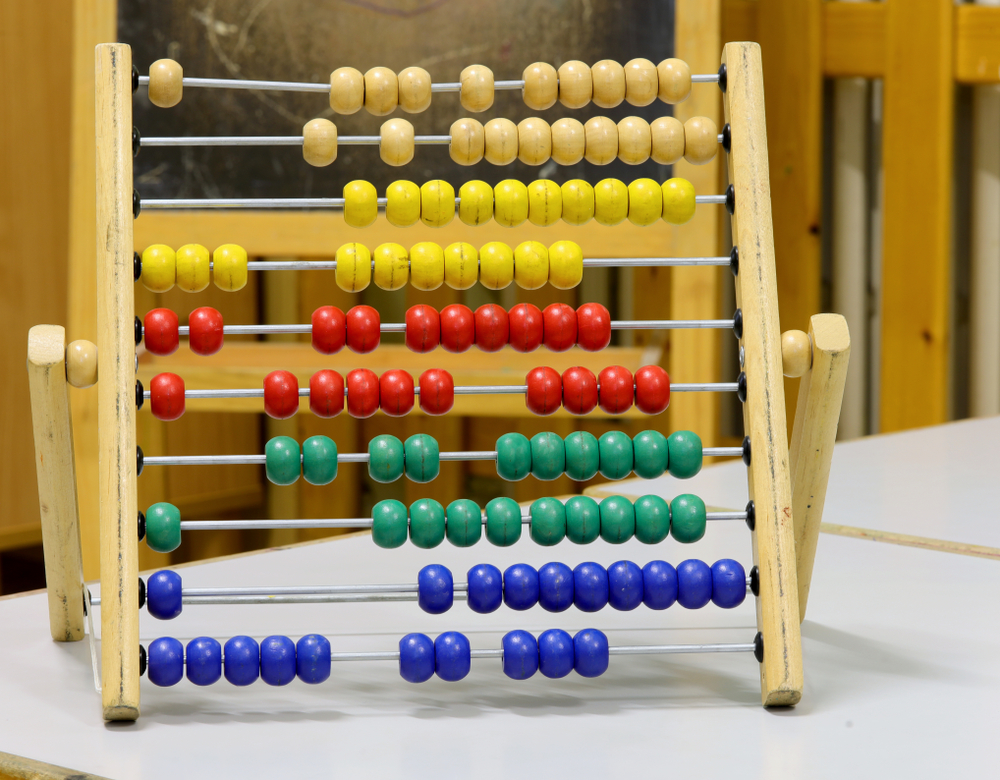

%20(1).jpg)
